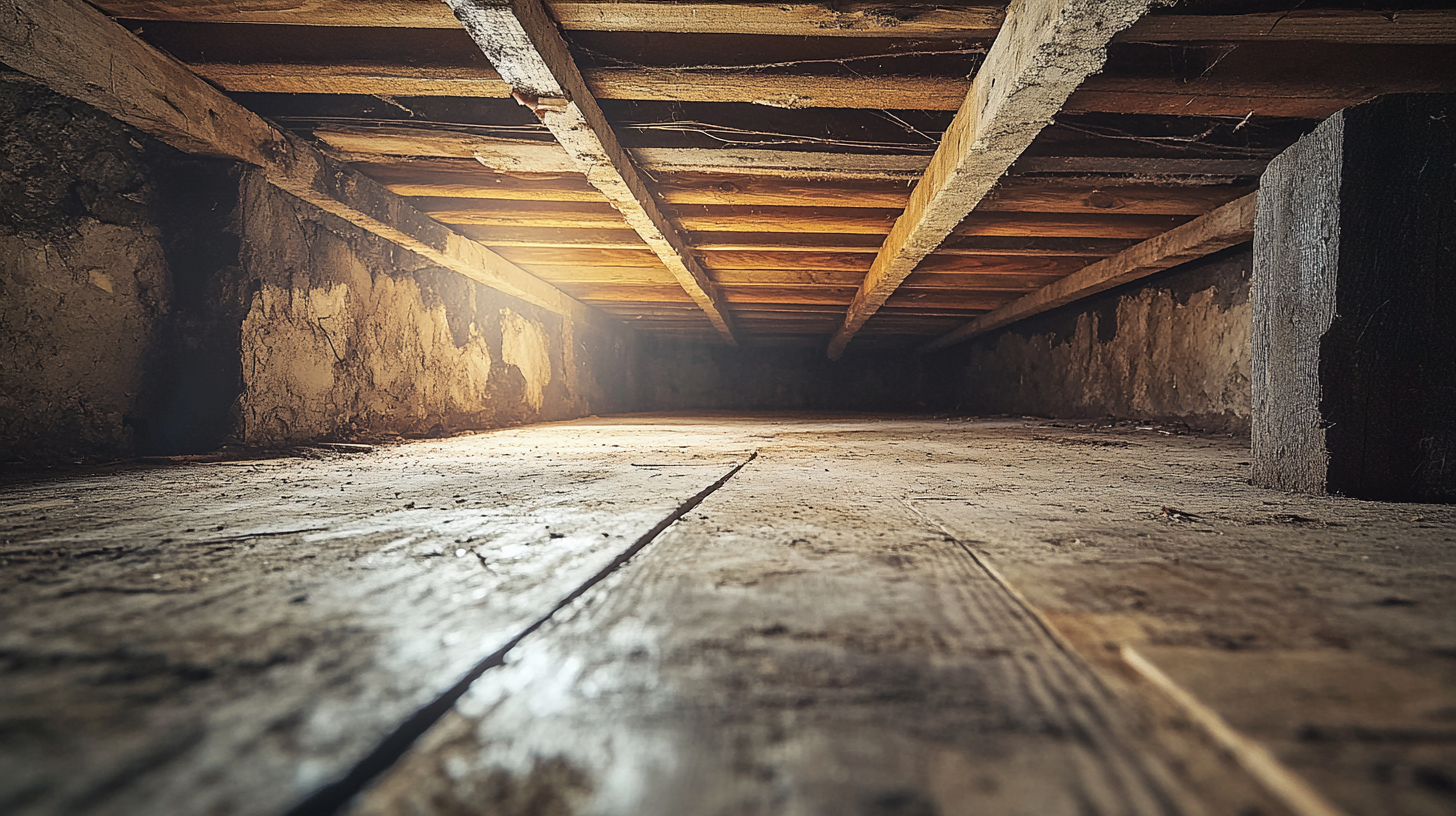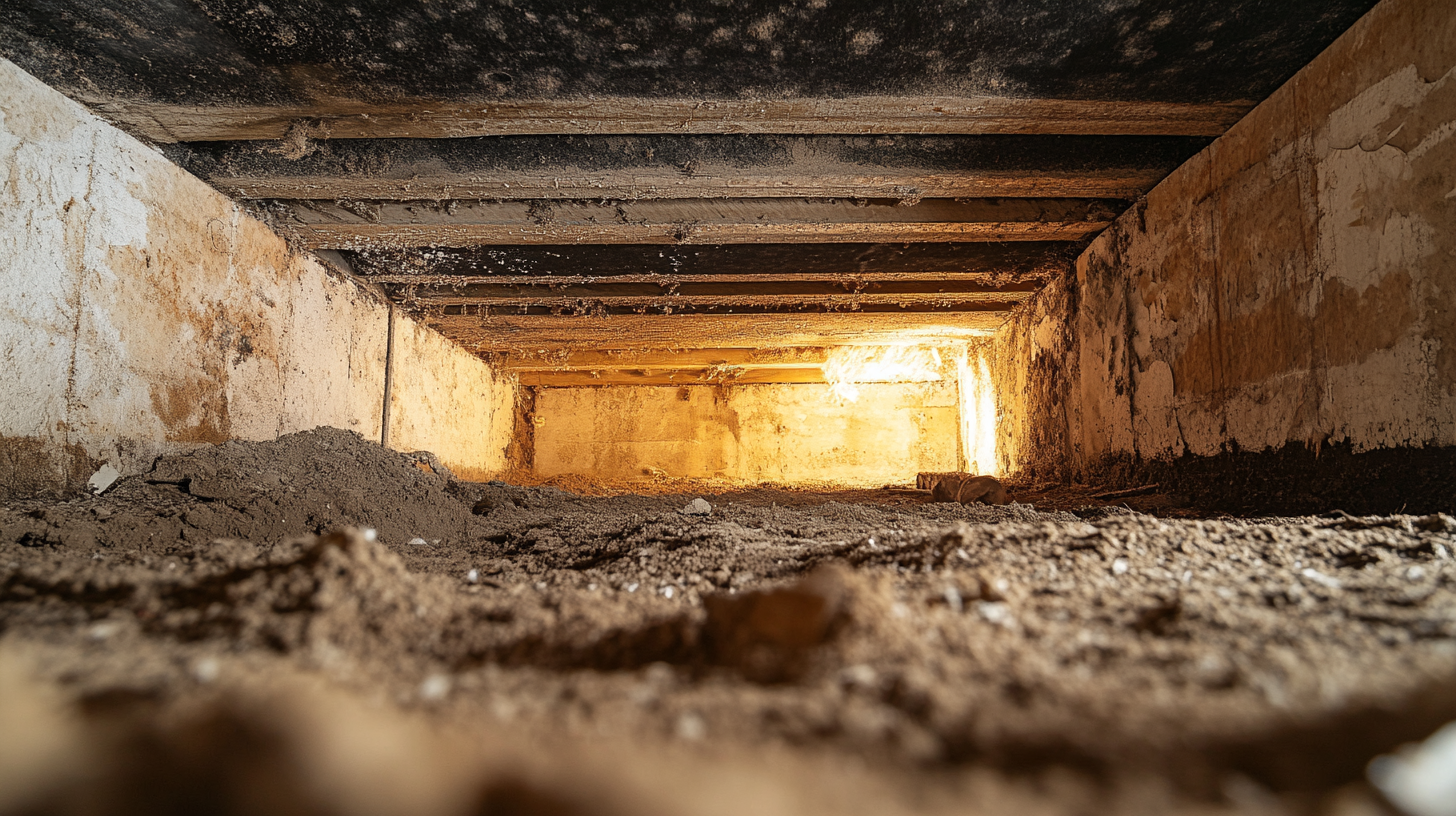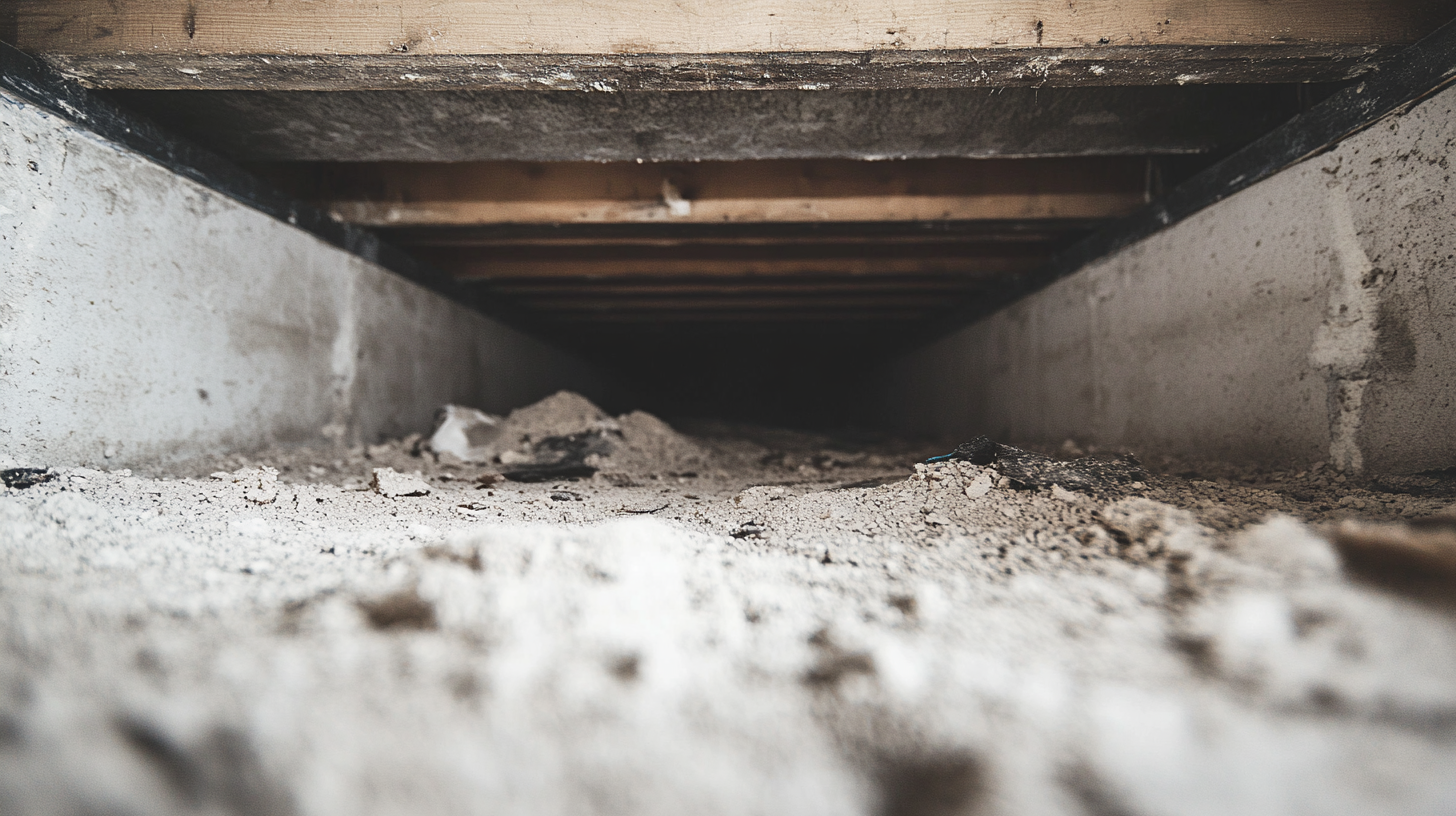Locally owned and operated.
Call Us Anytime: +1 843-304-6615
CLEANING & RESTORATION
24/7 Emergency Services:
Call us at 843-305-3383
Locally owned and operated.
Call Us Anytime: 843-305-3383
CLEANING & RESTORATION
24/7 Emergency Services:
Call us at 843-305-3383
Steam Cleaning Hardwood Floors Made Easy

Welcome to our blog dedicated to making steam cleaning hardwood floors a breeze! Steam cleaning is a popular and effective method for maintaining the natural beauty of hardwood floors while eliminating harmful chemicals from the cleaning process. In this comprehensive guide, we'll share expert tips, safety precautions, and step-by-step instructions to help you confidently use steam mops to achieve spotless, gleaming hardwood floors without the worry of damaging the wood or compromising on cleanliness. Whether you're a seasoned cleaner or new to steam cleaning, join us on this journey to discover how to effortlessly transform your hardwood floors into a fresh and pristine haven with ease.
Benefits of Steam Cleaning for Hardwood Floors
Steam cleaning offers a plethora of benefits for hardwood floors, making it a popular and preferred cleaning method for homeowners and experts alike. One of the primary advantages is its chemical-free approach, as steam mops only use water to create steam, eliminating the need for harsh cleaning agents that could potentially damage the hardwood finish. This eco-friendly aspect not only ensures a safe and healthy living environment but also contributes to a greener and more sustainable cleaning routine.
Another significant benefit of steam cleaning is its effectiveness in removing stubborn dirt, grime, and bacteria from hardwood floors. The high temperature of the steam helps to break down and lift away dirt and debris, leaving the floors sparkling clean and sanitized. Additionally, the gentle nature of steam makes it suitable for sensitive hardwood surfaces, preventing scratches and preserving the wood's natural beauty. By harnessing the power of steam, you can enjoy gleaming hardwood floors without any harmful residues, creating a welcoming and fresh home environment for your family and guests.
Choosing the Right Steam Cleaner
When it comes to choosing the right steam cleaner for your hardwood floors, several key factors should guide your decision. Firstly, consider the type of steam cleaner that best suits your needs. Handheld steam cleaners are convenient for quick spot cleaning and smaller areas, while upright steam cleaners with larger water tanks are better suited for extensive cleaning tasks. Additionally, check if the steam cleaner has adjustable steam settings, allowing you to tailor the steam output to different floor types and cleaning requirements, ensuring a gentle yet effective clean for your hardwood floors.
Another crucial aspect to consider is the quality of the steam cleaner. Look for reputable brands known for their durability and reliability. Reading customer reviews and ratings can provide valuable insights into the steam cleaner's performance and user satisfaction. Moreover, ensure that the steam cleaner comes with microfiber or washable pads, as these are gentle on hardwood surfaces while effectively trapping dirt and debris. By carefully evaluating these factors, you can confidently choose the right steam cleaner for your hardwood floors, making cleaning a breeze and maintaining the natural beauty of your floors for years to come.
Precautions and Best Practices for Safely Steam Cleaning Hardwood Floors
Steam cleaning hardwood floors can be a safe and effective method when done correctly. However, it's essential to take certain precautions and follow best practices to prevent any potential damage to the wood and ensure a thorough clean. First and foremost, always check the manufacturer's guidelines for your specific hardwood floor type to verify its suitability for steam cleaning. Some hardwood floors may not be compatible with high heat and moisture, and using a steam cleaner on such floors could lead to warping or discoloration.
Before using the steam cleaner, thoroughly sweep or vacuum the hardwood floors to remove any loose dirt or debris. This step helps prevent scratching the wood surface during the steam cleaning process. Additionally, avoid leaving the steam mop in one place for an extended period to prevent excessive heat exposure. Keep the steam mop moving at a steady pace to evenly distribute the steam and prevent any concentrated exposure to the wood. Furthermore, avoid using steam cleaners with harsh or abrasive cleaning pads, as they may scratch or damage the hardwood finish. Opt for steam cleaners with soft microfiber pads that are gentle on the wood surface while effectively lifting dirt and grime. By taking these precautions and following best practices, you can safely and confidently steam clean your hardwood floors, maintaining their beauty and longevity for years to come.
FAQs
-
Is steam cleaning safe for all types of hardwood floors?
While steam cleaning can be safe for many hardwood floors, it's essential to check the manufacturer's guidelines for your specific hardwood type. Some hardwood floors may not be compatible with high heat and moisture, and using a steam cleaner on such floors could lead to warping or discoloration. Always verify your floor's suitability for steam cleaning before proceeding.
-
Can I use any steam cleaner for hardwood floors?
Not all steam cleaners are suitable for hardwood floors. Look for steam cleaners specifically designed for hardwood floor use, as they often come with adjustable steam settings and gentle microfiber pads to prevent damage to the wood's finish. Using the wrong steam cleaner with excessive heat or harsh cleaning pads can cause scratches or other damage.
-
How often should I steam clean my hardwood floors?
The frequency of steam cleaning your hardwood floors depends on factors like foot traffic and overall wear. Generally, steam cleaning once a month or as needed is sufficient for most households. However, avoid excessive steam cleaning, as it can expose the wood to too much moisture, potentially causing damage.
-
Can I use steam cleaning to remove deep stains from hardwood floors?
Steam cleaning is effective for lifting dirt and grime from hardwood floors, but it may not be sufficient for removing deep or stubborn stains. For tough stains, consider pre-treating the area with appropriate cleaning solutions before using the steam cleaner.
-
Is it necessary to vacuum or sweep before steam cleaning hardwood floors?
Yes, it's essential to vacuum or sweep your hardwood floors before steam cleaning. Removing loose dirt and debris beforehand prevents scratching the wood surface during the steam cleaning process and ensures a more thorough clean.
Contact Fast Response Cleaning & Restoration Today!
Fast Response Cleaning & Restoration will do everything we can to ensure your experience with us is excellent.
Request A FREE Estimate
Request A FREE Estimate Form
We will get back to you as soon as possible.
Please try again later.
CHECKOUT RECENT POST



Have an Emergency? We're Here to Help!
When it comes to disaster cleanup, we are a seasoned veteran in the industry and have helped hundreds of property owners just like you.
Our disaster recovery teams are available 24-7 to quickly clean up and repair disasters of all types.

We're looking forward to providing you with our outstanding services!
COMPANY INFO
ADDRESS: 307 Cold Creek Pass, Bluffton, SC, 29910, United States
EMAIL: office@fastresponsecr.com
PHONE: 843-305-3383
OFFICE: 843-304-6615
HOURS
SUNDAY: Open 24 Hours
MONDAY: Open 24 Hours
TUESDAY: Open 24 Hours
WEDNESDAY: Open 24 Hours
THURSDAY: Open 24 Hours
FRIDAY: Open 24 Hours
SATURDAY: Open 24 Hours
Copyright © 2021 Fast Response Cleaning & Restoration
Fast Response Cleaning and Restoration FL | Sitemap | Privacy Policy